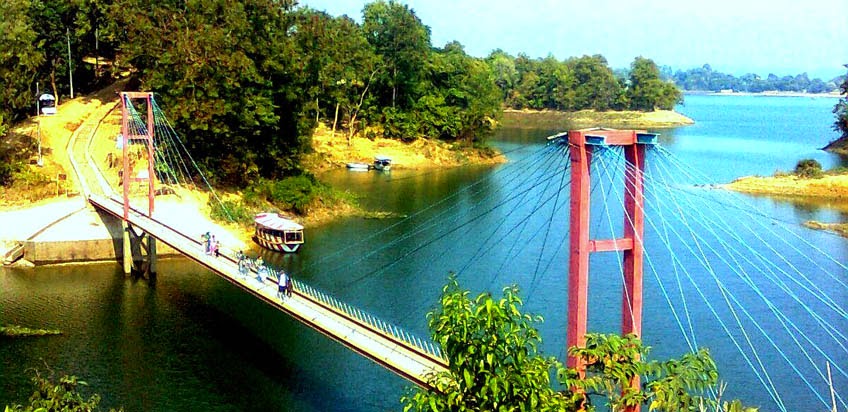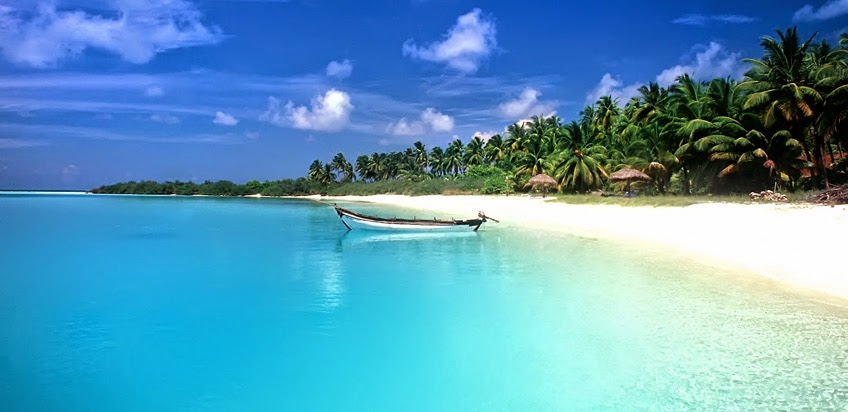Travel place of Bangladesh:Cox's Bazar
Cox's Bazar is one amongst the foremost enticing holidaymaker spots & the longest ocean beach within the world (approx. a hundred and twenty klick long). Miles of golden sands, eminent cliffs, water sport waves, rare gastropod shells, colourful pagodas, Buddhist temples and tribes, pleasant seafood--this is Cox's Bazar, the holidaymaker capital of Bangla Desh.
The warm shark free waters square measure smart for bathing and swimming & whereas the sandy beaches provide opportunities for sun-bathing.
The beauty of the setting-sun behind the waves of the ocean is solely fascinating. domestically created cigars and loom product of the social group Rakhyne families square measure smart buys.
Every year uncountable foreign & native holidaymaker come back here to pay their leisure in Cox’s Bazaar. tho' the oceanson is in winter however Cox's Bazar sea beach is packed nearly through out the year. particularly in winter season, it's laborious to induce associate accommodation within the hotels if booking isn't created earlier.
If you're very courageous and need to relish the wildness and madness of the ruff and volcanic rock ocean you'll be able to come back to Cox's bazar within the month of middle April, ocean continue its wildness until August; and its even additional exotic if you come back to Cox's Bazar within the time of depression of the ocean.
Learn more »
The warm shark free waters square measure smart for bathing and swimming & whereas the sandy beaches provide opportunities for sun-bathing.
The beauty of the setting-sun behind the waves of the ocean is solely fascinating. domestically created cigars and loom product of the social group Rakhyne families square measure smart buys.
Every year uncountable foreign & native holidaymaker come back here to pay their leisure in Cox’s Bazaar. tho' the oceanson is in winter however Cox's Bazar sea beach is packed nearly through out the year. particularly in winter season, it's laborious to induce associate accommodation within the hotels if booking isn't created earlier.
If you're very courageous and need to relish the wildness and madness of the ruff and volcanic rock ocean you'll be able to come back to Cox's bazar within the month of middle April, ocean continue its wildness until August; and its even additional exotic if you come back to Cox's Bazar within the time of depression of the ocean.





.jpg)
.JPG)



.JPG)

.jpg)
.jpg)

